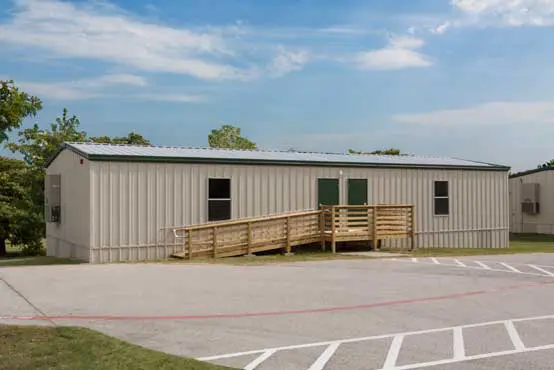Adapting Spaces in Education: The Urgency Meets Innovation
Student population growth presents logistical challenges for educational institutions. Schools must accommodate an increasing number of students within existing infrastructures that may not have the capacity for expansion. Consequently, the search for immediate and efficient space solutions gains momentum.
The integration of new educational standards and programs further complicates the availability of space. Educational institutions now must find room for additional services, such as special education programs, computer labs, and learning hubs that these new curricular advancements demand. This strains already limited physical resources.
Portable classrooms emerge as a flexible building solution, adept at meeting the evolving landscape of educational requirements. Schools can deploy these structures quickly, avoiding disruptions common in traditional construction. Such adaptability not only serves the immediate need for space but also offers a long-term, sustainable answer to fluctuating school populations and changing educational initiatives.
Scalability: Growing with Your Student Population
As schools experience fluctuations in enrollment, the capacity to adapt and expand becomes a defining characteristic of successful education management. Portable classrooms offer a direct path to addressing these variations. By integrating these structures, schools effectively respond to increases in student numbers without the delays and high costs associated with traditional construction.
Consider a scenario where a school initially plans for a modest cohort but witnesses an unanticipated surge in enrollment. Traditional brick-and-mortar expansions will likely exceed budgetary allowances and time constraints. In contrast, portable classrooms can be installed within a much shorter timeframe. Schools can order additional units as needed, creating a scalable framework that aligns with student growth.
Providing details, portable classrooms function as modular units that schools can easily connect or arrange to create larger complexes. This modularity means an institution can start with a few classrooms and then incorporate more units, forming a larger interconnected learning environment.
- When schools add portable classrooms, they expand their footprint swiftly, circumventing drawn-out construction projects.
- Districts align their space requirements with a rising student population, ensuring that educational delivery remains uninterrupted.
- Portable classrooms stand as a testament to a school's commitment to responsiveness and adaptability in ever-changing educational landscapes.
The adaptation process infers schools can acclimate not only to an increased student body but also to the evolving pedagogical techniques that may require different spatial arrangements. Portable classrooms provide the necessary agility, morphing with the school's developmental trajectory and pedagogic innovation.



